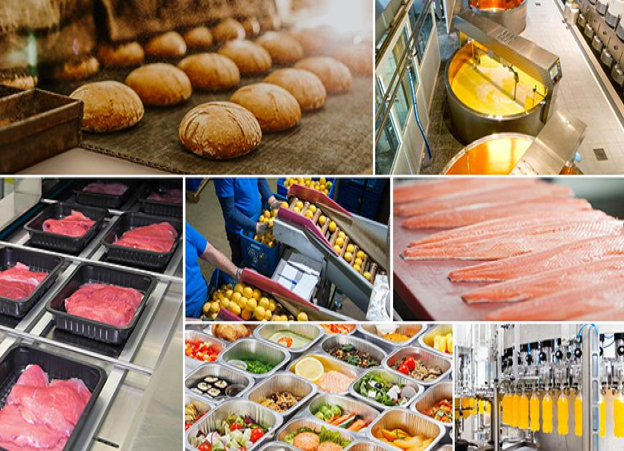EauTech Solutions’ HALBR technology delivers an adaptable and effective solution for treating food processing wastewater, addressing the challenges of high organic loads, nutrient removal, and variable composition. By integrating advanced biological processes with a flexible and scalable design, the HALBR system ensures that food processing facilities can manage their wastewater efficiently and sustainably, meeting regulatory requirements and protecting the environment.
Food processing wastewater presents a complex challenge for treatment due to its diverse composition and the variability of its production processes. This type of wastewater is generated from various stages of food production, including washing, cooking, cleaning, and equipment sanitization, each contributing to its unique characteristics. Key characteristics of food processing wastewater include:
• High Organic Load: Food processing wastewater typically contains high levels of organic matter, including carbohydrates, proteins, fats, and oils. These components contribute to elevated biochemical oxygen demand (BOD) and chemical oxygen demand (COD) levels, making the wastewater highly polluting if not properly treated.
• Nutrient Content: This type of wastewater often contains significant amounts of nitrogen and phosphorus, particularly from protein-rich food products. Effective treatment must address these nutrients to prevent environmental damage such as eutrophication in nearby water bodies.
• Variable Composition: The composition of food processing wastewater can vary significantly depending on the type of food being processed, the specific production processes used, and the time of year. This variability can complicate treatment efforts, requiring adaptable and resilient treatment systems.
• Presence of Suspended Solids: Food particles, residues, and other suspended solids are common in food processing wastewater. While these solids contribute to the overall pollutant load, they must be effectively managed to prevent clogging and ensure the smooth operation of the treatment process.
• pH Fluctuations: The pH of food processing wastewater can vary widely depending on the type of food and cleaning agents used during production. This can impact the effectiveness of biological treatment processes if not properly managed.
The HALBR technology: An Effective Solution for Food Processing Wastewater Treatment
The HALBR technology is designed and customized to address the challenges associated with food processing wastewater, offering a robust and efficient solution for this complex effluent type. While pre-treatment may be required for certain components such as suspended solids and fats, the HALBR system excels in managing the high organic and nutrient loads of food processing wastewater.
• Efficient Organic Load Reduction: The HALBR system employs advanced biological processes that are highly effective at breaking down and reducing the organic matter in food processing wastewater. By optimizing microbial activity through its airlift technology, the HALBR system significantly reduces BOD and COD, ensuring that the treated effluent meets stringent discharge standards.
• Nutrient Removal: The HALBR system is particularly effective in removing nitrogen and phosphorus from food processing wastewater. Through integrated nitrification and denitrification processes, the system converts these nutrients into harmless nitrogen gas, thereby minimizing the risk of nutrient pollution in receiving water bodies.
• Adaptability to Variable Composition: The HALBR system’s design allows it to handle the variability in wastewater composition typical of the food processing industry. This adaptability ensures consistent treatment performance even when the characteristics of the wastewater change due to seasonal variations or shifts in production processes.
• Stable Operation Despite pH Fluctuations: The HALBR system is designed to maintain stable performance even with fluctuations in pH, ensuring that biological treatment processes remain efficient and effective under varying conditions.
• Scalable and Compact Design: The modular nature of the HALBR system allows it to be scaled according to the size of the food processing facility, making it suitable for both small and large-scale operations. Its compact footprint also makes it an attractive option for facilities with limited space.

